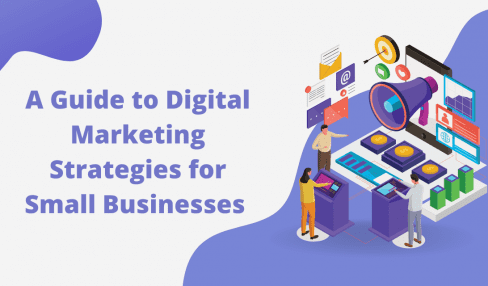Digital Marketing Analytics: Four Key Focus Areas
3 Mins Read
Published on: 20 April 2022
Last Updated on: 08 November 2024

toc impalement
If you want to grow a successful company, it’s crucial that you analyze your digital marketing efforts to identify what is and isn’t working and make the appropriate adjustments to your marketing strategies.
But with so many different digital marketing analytics reports available, it can be challenging to know which are the most important and which can help you the most.
So, let’s take a look at four key focus areas that are always important.
Finding the Right Digital Marketing Analytics and Reporting Tool
First off, it’s worth mentioning how important it is that you use the right analytics and reporting tool for your needs.
You’ll want to consider how the tool pulls in data and how many data integrations it offers, how it can be used to help you scale your reports, and how it can reduce the number of manual processes required to create and send reports.
You could be tempted to go with a tool like Agency Analytics because it is well-known, but there are Agency Analytics alternative tools available, so you really should compare different tools to find the right choice for you.
1. Traffic

While getting organic traffic, which comes from people typing in queries into search engines, is sure to be your top traffic priority, by separating your traffic by source further, you can identify new digital marketing opportunities, such as whether to focus on increasing social engagement or building brand awareness.
So, be sure to access and analyze direct traffic, referral traffic, social traffic, and traffic from paid ads or promotions, in addition to organic traffic, to get a better understanding of your digital marketing efforts and take the appropriate action.
For each area, look at things like how long users spend on your site, how many pages they visit, whether they are new or returning visitors, and what devices they’re using.
2. Conversions

You’re sure to know how important conversions are. But by tracking conversions, you can begin to recognize the actions that visitors to your site take before they complete purchases.
That helps you to better understand how your visitors can become customers.
By analyzing conversions, you can discover things like how long visitors spend reading blogs or downloading content before they convert into customers.
Armed with such valuable information, you can take the appropriate actions to optimize visitors’ journeys to conversion.
3. Engagement

While it’s important to know how many people your social media marketing efforts reach, it’s challenging to know just how many people who see your ad, promotion, or other content are actually interested in your product or service.
Therefore, you need to analyze the engagement level of your social media analytics. That means the number of likes, shares, or comments a post receives.
The higher the number of likes, shares, and comments any post has, the more engaging it is. In turn, people are more likely to become customers.
So, don’t underestimate the high worth of analyzing engagement analytics.
4. Click-Through Rate

To know how successful your paid campaigns are, you need to be able to analyze your click-through rates. You can then find out how relevant your ads are on different platforms and how effective they are in reaching your target audience.
If your paid campaigns have low click-through rates, it could mean you aren’t being specific enough with your ads, your landing page doesn’t reflect the expectations of the ad, or your product or service simply isn’t good enough, for example.
When you discover such issues, you can take the appropriate actions to make your paid campaigns more effective and financially lucrative.
Read Also:


















Comments Are Closed For This Article